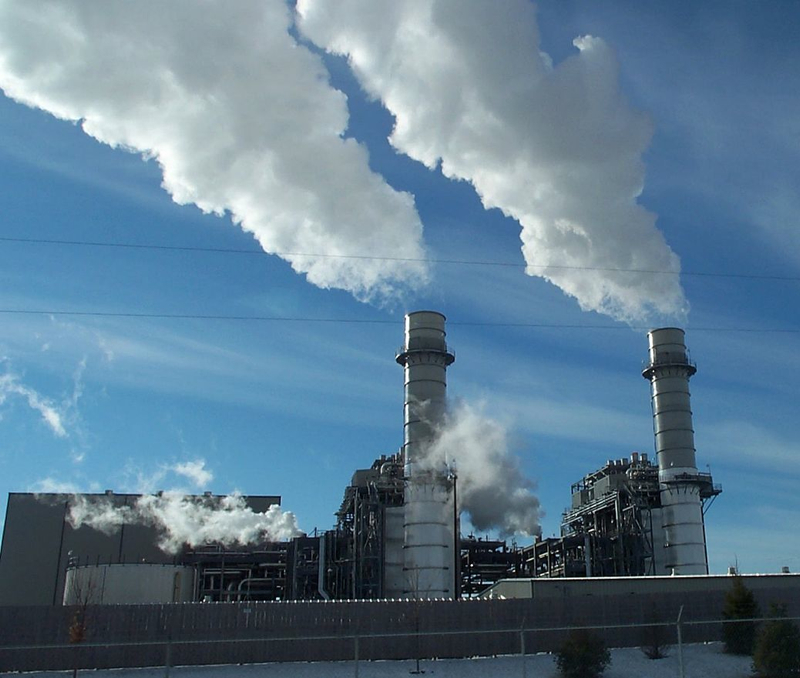MIT experts: Nuclear exit would cost U.S. environment, economy


The United States would incur higher carbon dioxide emissions, a potentially steep rise in electricity prices and suffer a drop in gross domestic product if it were to abandon nuclear power.
That's the conclusion of two experts from the Massachusetts Institute of Technology (MIT), writing in the Bulletin of the Atomic Scientists. Their analytical essay is part of a package in the publication's new edition that presents arguments both for and against the continuation of nuclear.
Professor Henry D. Jacoby of MIT's Sloan School of Management, and Sergey Paltsev, a principal research scientist at the MIT Energy Initiative (the group headed by President Obama's pro-nuclear nominee for Energy Secretary, Ernest Moniz), write that under current government policies,
"A US nuclear exit would increase carbon dioxide emissions, and likely raise electricity prices and reduce gross domestic product by relatively small amounts. Those economic impacts would be increased by additional measures to limit carbon dioxide emissions."
The U.S. generated 19 percent of its electricity from 104 reactors in 2011 according to the World Nuclear Association.
The MIT authors analyze a nuclear exit under three policy scenarios through 2050: one in which U.S. greenhouse gas stipulaitons remain unchanged; another in which the U.S. would mandate that 25 percent of electricity comes from renewables by 2025 and the country close 50 percent of its coal plants by 2035; and a third that would target a 50 percent CO2 reductions by 2050 compared to 2005 levels.
CO2 emissions would rise, between 2 percent and 5 percent between 2030 and 2050, depending on the combination of coal, natural gas and renewables that fill the void, they say.
"In all these cases, the increase in emissions comes mainly from additional natural gas or coal burning to replace diminished nuclear generation," Jacoby and Paltsev note.
Electricity prices would surge by between 65 and 85 percent in the first two scenarios and could nearly triple in the 50 percent C02 reduction scenario, as providers recover the costs of building out renewables, and as natural gas prices rise. They note that prices would leap from an average today of about 10 cents per kilowatt hour to between 16.5 cents and 18.5 cents.
Jacoby and Paltsev say the price could balloon to 26 cent per kilowatt hour - nearly three times today's rate - if the U.S. simultaneously phases out nuclear and mandates a 50 percent CO2 reduction.
"Meeting the 50 percent national emissions-reduction target will drive the price even further, to more than 26 cents per kilowatt-hour, because of the growing requirement of carbon capture and storage for both gas and coal and the pushing of renewables into less cost-effective applications," the say.
A full nuclear exit combined with the 50 percent stipulation would also cause an $800 billion hit to the nation's GDP, they say. The impact would be far less severe if the U.S. were to continue with its current greenhouse gas policy, they note.
In the same collection of articles in the journal, Amory Lovins, chairman of the Rocky Mountain Institute, makes an economic case in favor of phasing out nuclear and building up renewables.
I recommend the package. One criticism: I've at least skim read all five articles, and surprisingly, I've spotted nothing about alternative forms of nuclear power such as thorium fuel and reactors that use "molten salt" and "fast" designs as opposed to conventional nuclear reactors. These options should enter the energy discussion - correction, the energy scene - as a way to bring in safe, efficient, affordable power that lightens the CO2 load.
Photo from Dual Freq via Wikimedia.
Updated at around 11:45 a.m. PST to include information about President Obama's pro-nuclear Energy Secretary Ernest Moniz.
To borrow a phrase from a certain innovative technology company, when it comes to nuclear, "think different":
- And the DOE energy innovation award goes to ... a new type of nuclear power
- Top scientists recommend alternative nuclear for UK
- Nuclear: Less CO2 than solar, hydro, biomass
- Nuclear fusion from Google, Lockheed, Draper Fisher
- How Greenland will prop up the world economy
- Lights! Cameras! Atoms! Sundance to debut pro-nuclear film
- Nuclear heat is on in Norway
- Solar farm providing only intermittent power? Add a small nuke!
- Son of China’s ex-President: Thorium will help shape country’s energy future
- Norway ringing in thorium New Year, with Westinghouse at the party
- Solve the energy AND rare earth crisis: Join the Thorium Bank
- Virgin Nuclear? Branson asks Obama for reactor help. Sir Richard v Bill Gates?
- Westinghouse enters U.S.-China nuclear collaboration
- The Thorium Lord
This post was originally published on Smartplanet.com